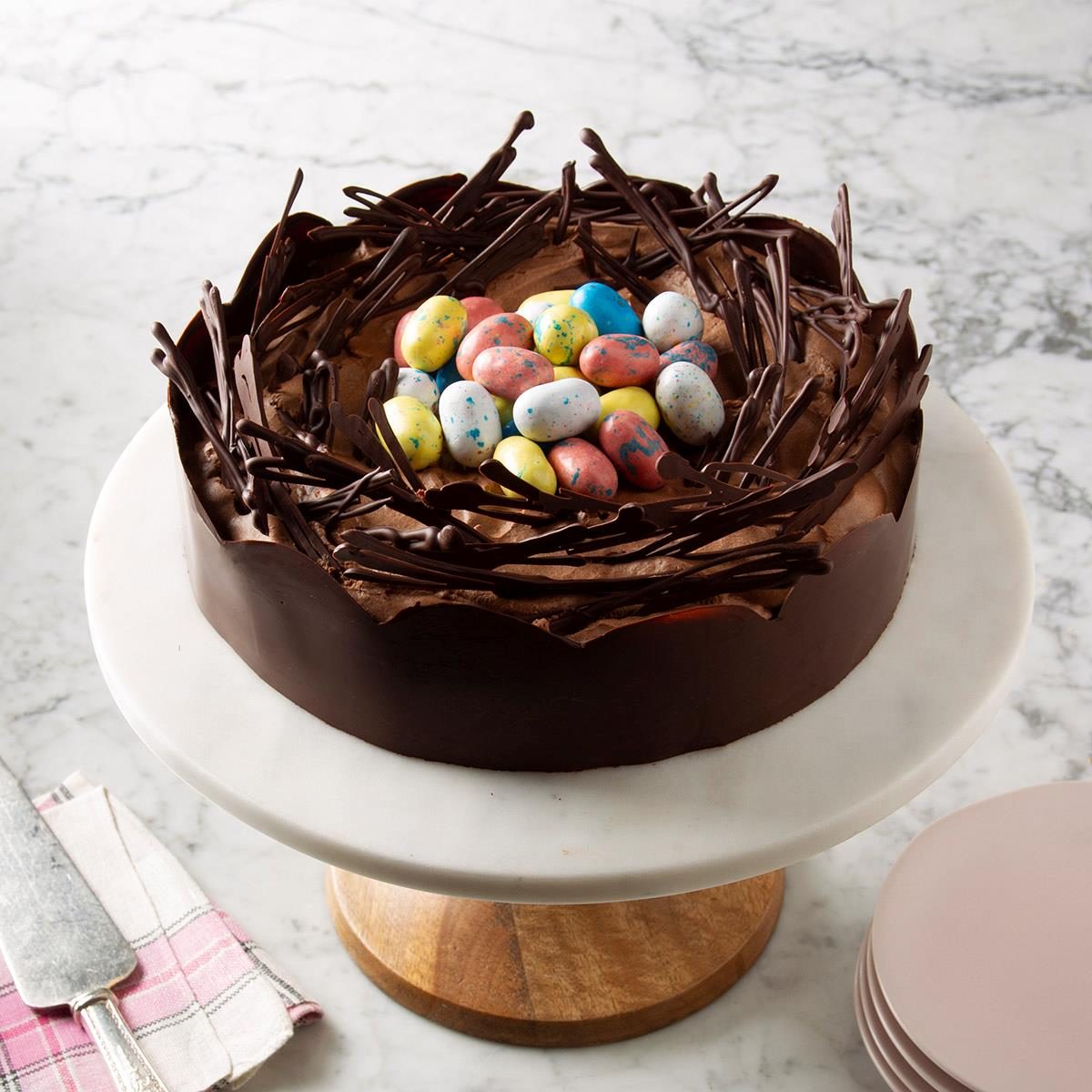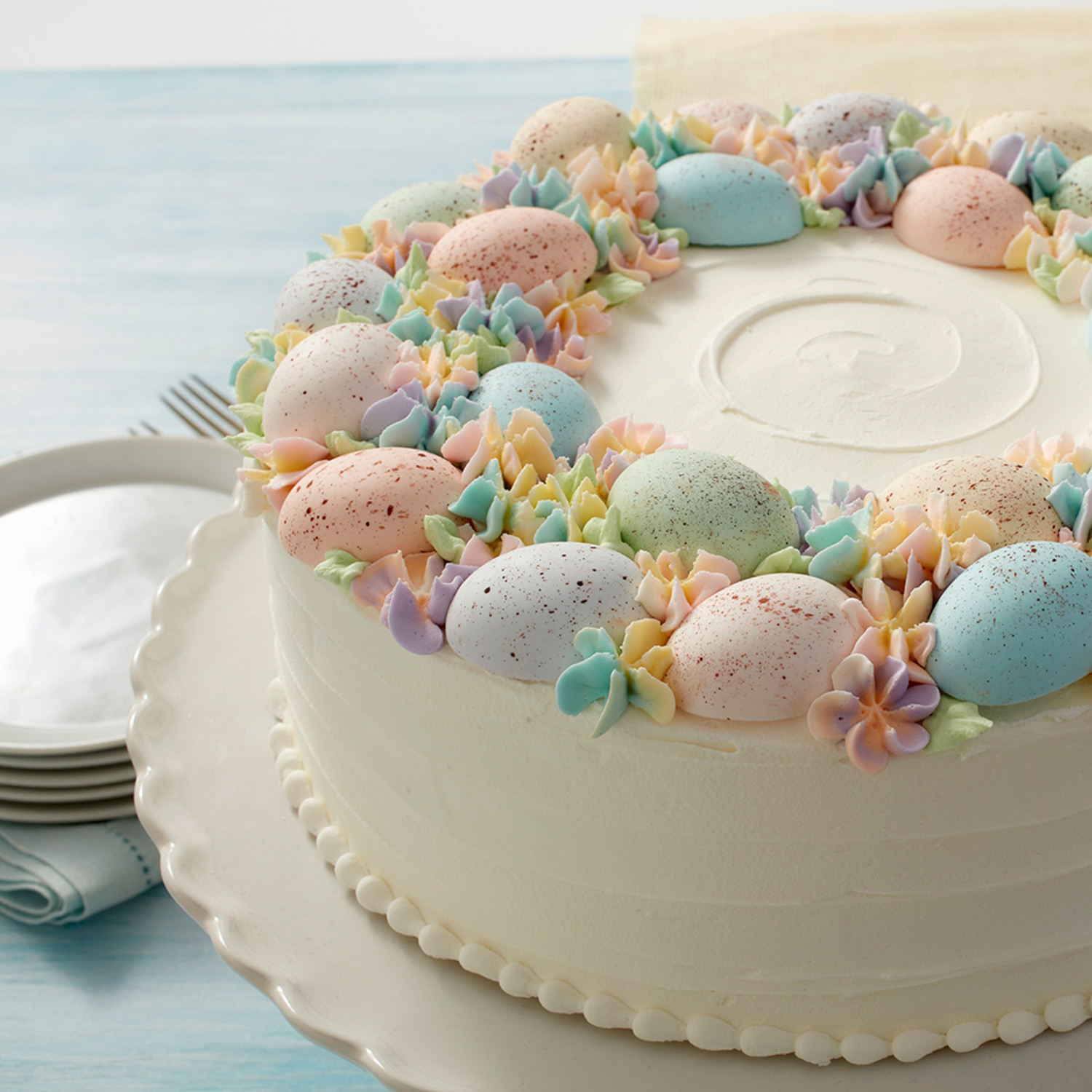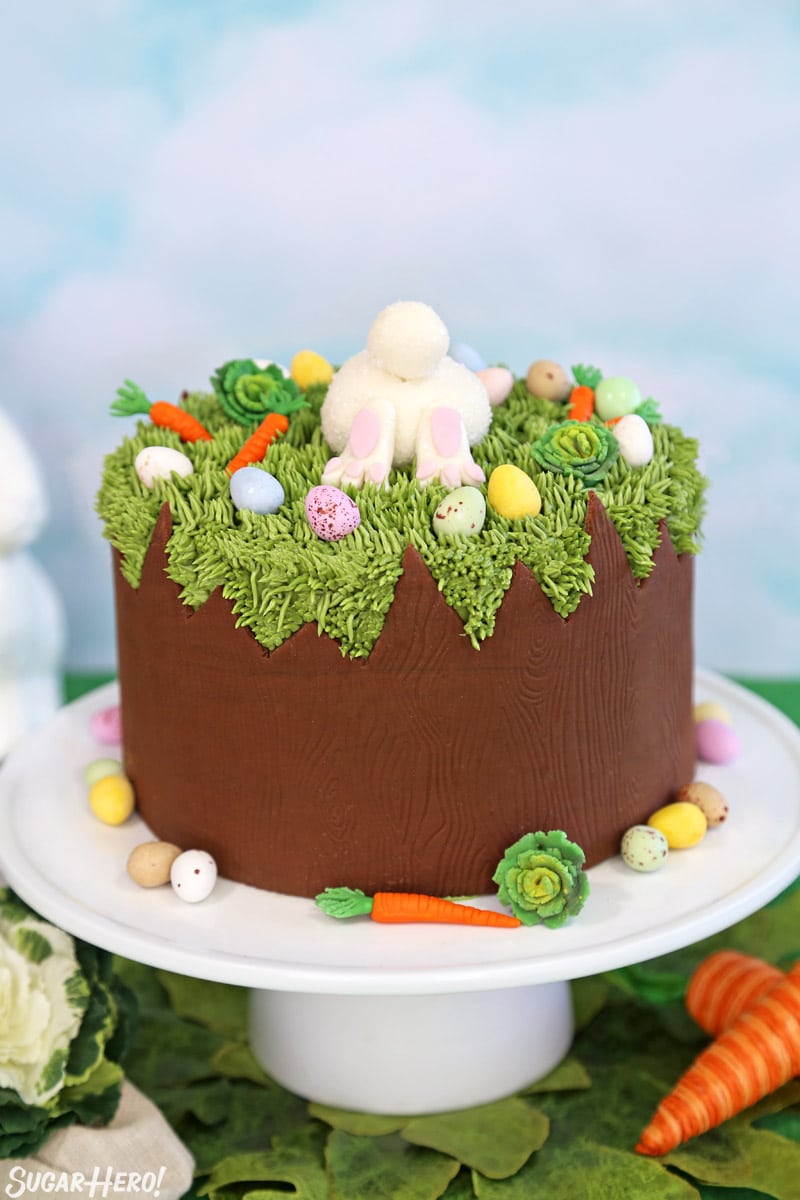Spring is in the air, and with Easter just around the corner, many of us are getting excited about creating beautiful decorations, especially for one of the most delightful traditions: the Easter cake! This article will guide you through everything you need to know about Easter decorations for cakes, from materials and techniques to tips and tricks for making your cake the centerpiece of any Easter celebration.
Why Create a Decorated Easter Cake?
Decorating an Easter cake is not just about aesthetics; it’s also about creating a memorable experience. Celebrating Easter with a beautifully decorated cake can bring families together, evoke nostalgia, and mark the occasion in a special way. After years of baking and decorating cakes for various occasions, I can attest to the joy and satisfaction that comes from crafting a cake that dazzles and delights.
Essential Supplies for Decorating Easter Cakes
Basic Ingredients
Before diving into decoration techniques, you must have the right ingredients for your cake. Here’s a quick list:
- Flour
- Sugar
- Butter
- Eggs
- Baking powder
- Milk
- Vanilla extract

Decoration Materials
To elevate your Easter cake, consider using the following decoration materials:
- Royal icing
- Fondant
- Food coloring
- Sprinkles
- Edible flowers
- Chocolate eggs and bunnies
- Marzipan

Popular Easter Cake Designs
When it comes to Easter cake designs, the possibilities are endless. Here are some popular themes for your Easter cake:
1. Bunny Cake
A bunny cake is a classic Easter treat. To create this adorable design, bake a round cake and cut it in half to form the bunny’s head, using the excess for ears. A generous layer of white icing and some chocolate chips for eyes will complete this design.

2. Egg Basket Cake
Transform your cake into an egg basket! Use a round cake and decorate it with green frosting to mimic grass, and top it with colorful chocolate eggs and jellybeans.
3. Floral Cake
Springtime flowers are a perfect decoration for Easter. Use edible flowers and pastel-colored icing for a vibrant floral effect.

4. Cross Cake
For a more religious representation, decorate your cake like a cross. You can use fondant to create an intricate cross design and adorn it with flowers or leaves.
Step-by-Step Guide to Decorating Your Easter Cake

Step 1: Baking the Cake
Start with your favorite cake recipe. A light sponge or vanilla cake works well for Easter decorations. Here’s a simple recipe:
- 2 cups of flour
- 1 ½ cups of sugar
- 1 cup of butter
- 4 large eggs
- 2 tsp of baking powder
- 1 cup of milk
- 2 tsp of vanilla extract

Step 2: Cooling the Cake
Once baked, let the cake cool completely on a wire rack. This is crucial; a warm cake can ruin your decorating efforts!
Step 3: Crumb Coating
Apply a thin layer of icing to seal in any crumbs. This will create a smooth surface for your final layer of icing.

Step 4: Final Layer of Icing
Using your chosen frosting (buttercream, fondant, etc.), apply a generous layer all over your cake. Smooth it out for a clean look.
Step 5: Decorating
Now comes the fun part! Use your selected materials to create your Easter theme. You might pipe flowers, scatter sprinkles, or position chocolate bunnies on the cake.
Comparison Table: Types of Icing for Your Easter Cake
| Type of Icing | Pros | Cons |
|---|---|---|
| Buttercream | Delicious, easy to work with | Can melt in warm weather |
| Fondant | Great for intricate designs | Not everyone likes the taste |
| Royal Icing | Hardens well for detailed designs | Can be tricky to work with |
Tips for a Stunning Easter Cake
1. Color Theory
Use pastel colors to align your cake with the Easter theme. Think light pinks, blues, yellows, and greens. These colors evoke spring and freshness.
2. Use Fresh Ingredients
Always opt for fresh eggs and quality butter for the best cake flavor. The fresher the ingredients, the better your cake will taste!
3. Practice Piping Techniques
Invest time in practicing your piping skills. Beautiful piped designs can significantly elevate your cake’s appearance.
Common Mistakes to Avoid
1. Overmixing Batter
Overmixing can lead to a dense cake. Mix just until combined to keep it light and fluffy.
2. Skipping the Cooling Process
Don’t rush to frost a warm cake. Allow it to cool completely for the best results.
3. Not Using a Leveling Tool
Invest in a cake leveler or knife to ensure your cake layers are even. This will make stacking and decorating easier.
FAQs About Easter Decorations Cakes
Q1: What type of cake is best for decorating?
A1: A dense cake like a pound cake or a light sponge cake works well as a base for decorations due to their stability.
Q2: How do I make homemade fondant?
A2: You can make fondant easily using marshmallows and powdered sugar. It’s a fun project and tastes better than store-bought options!
Q3: Can I decorate the cake the day before?
A3: Yes! Decorate your cake a day in advance. Just store it in a cool place or refrigerator to keep it fresh.
Q4: What are some gluten-free options for Easter cakes?
A4: You can use almond flour or gluten-free all-purpose flour to create a delicious gluten-free Easter cake!
Q5: How can I display my Easter cake?
A5: Elevate your cake’s presentation by placing it on a beautiful cake stand and surrounding it with Easter-themed decorations.
Conclusion: Get Creative with Your Easter Cake
Decorating an Easter cake can be a delightful and fulfilling experience. With the right tools, ingredients, and a sprinkle of creativity, your cake can be a stunning addition to your Easter celebrations. Remember, the key is to enjoy the process, share your creations, and have fun with your loved ones!
Happy decorating, and may your Easter cake be as beautiful and vibrant as the spirit of the season!